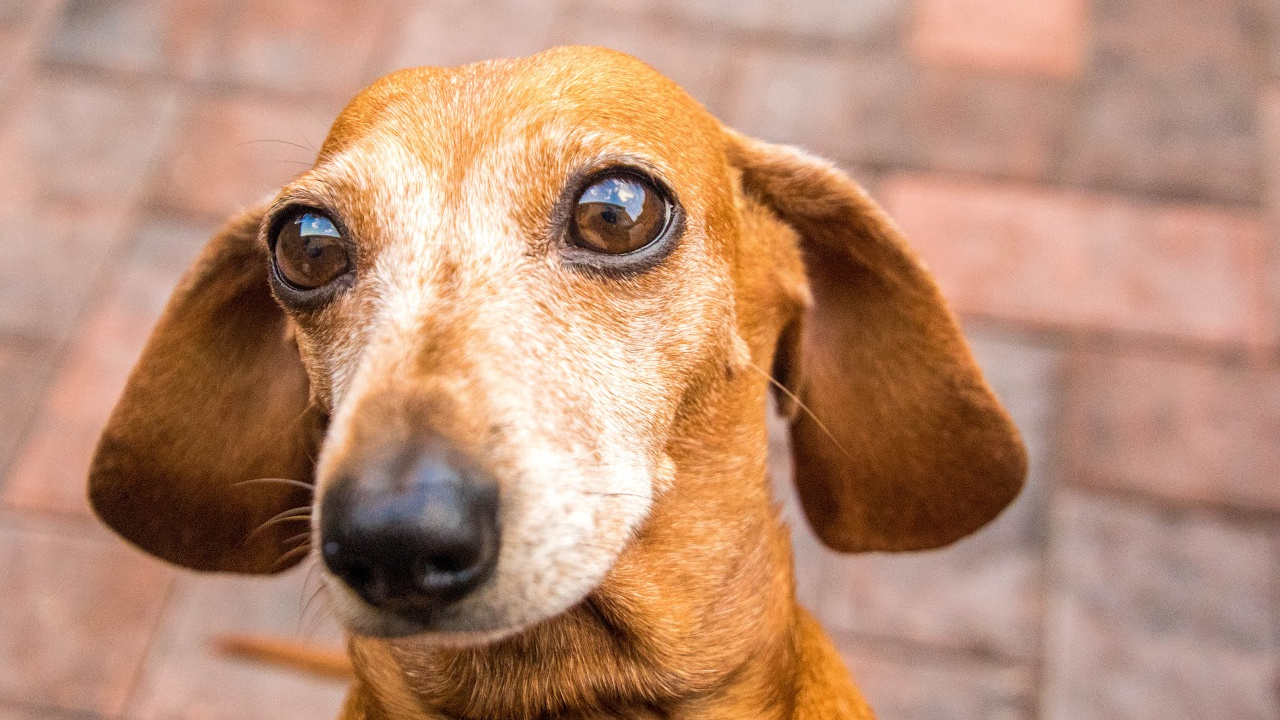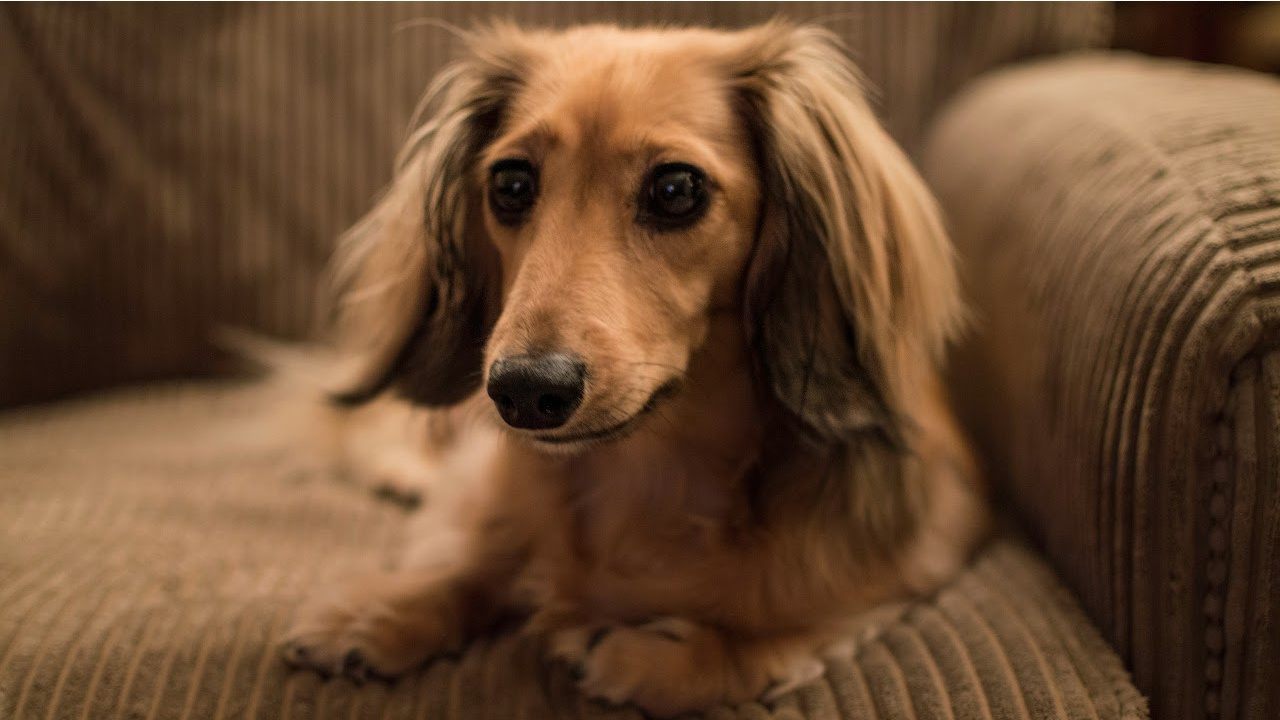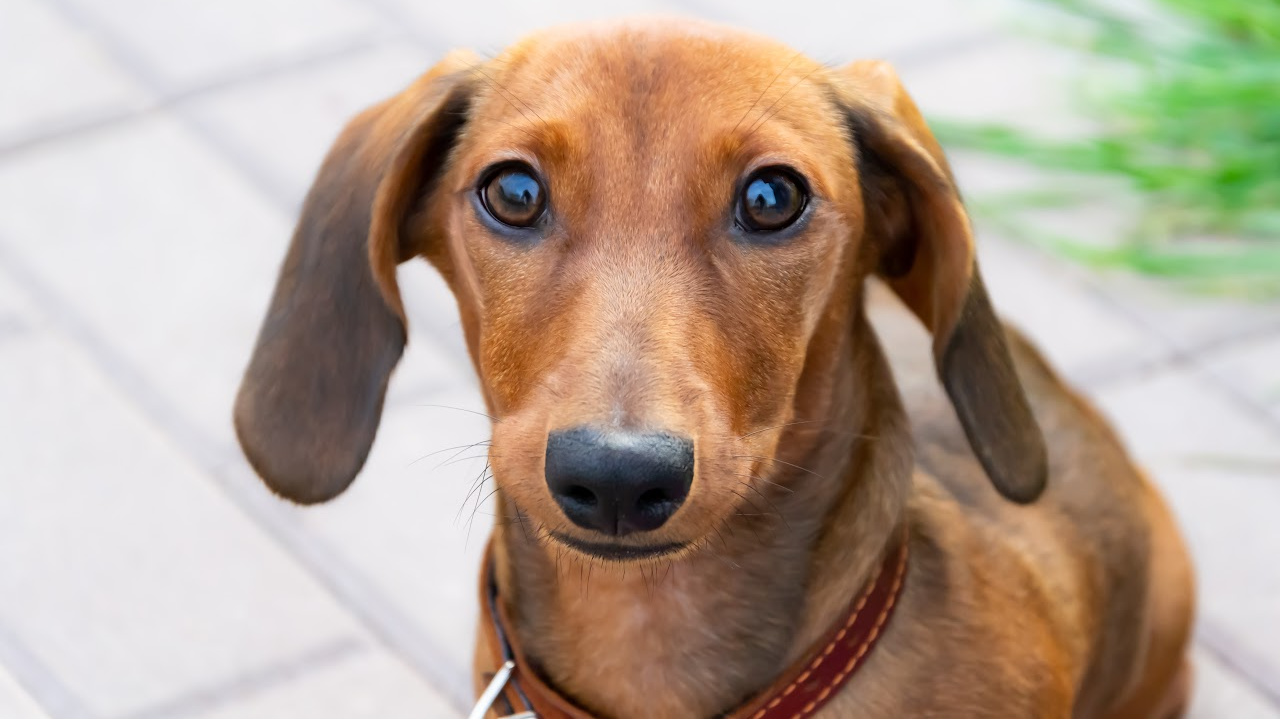Welcome to our guide on feeding your Mini Dachshund. This post aims to provide you…

How to Train a Miniature Dachshund: Your Step-by-Step Guide to Success
So, you’ve got a miniature dachshund and you’re wondering how to train this little bundle of joy? You’re in the right place! Training a miniature dachshund can be a unique experience, filled with its own set of challenges and rewards.
These little dogs are known for their independent and sometimes stubborn nature, which can make training an interesting task. But don’t worry, with a bit of patience, consistency, and positive reinforcement, you’ll have your dachshund following commands in no time.
Key Takeaways
- Short Training Sessions: Keep training sessions brief (5-10 minutes) but frequent to match your dachshund’s attention span and reinforce commands effectively.
- Positive Reinforcement: Use rewards like treats, praise, and petting right after good behaviour to make training enjoyable and encourage your dachshund to follow commands.
- Consistent Routine: Establish a regular routine for activities like feeding and going outside to help with housebreaking and create a well-behaved dachshund.
What is a Miniature Dachshund?
A miniature dachshund is a smaller version of the standard dachshund. These little dogs are known for their distinctive sausage-like shape, with a long body and short legs. But don’t let their size fool you! Miniature dachshunds are full of personality.
They’re known for being independent, bold, and sometimes, a bit stubborn. This can make training a bit of a challenge, but with the right approach, it can also be a lot of fun. Remember, every dog is unique, and understanding your miniature dachshund’s personality is the first step in successful training.
Short but Frequent Training Sessions
Training a miniature dachshund isn’t about marathon sessions where you try to cram in as much as possible. In fact, it’s quite the opposite. These little dogs have short attention spans, so it’s best to keep training sessions short and sweet.
Aim for around 5 to 10 minutes at a time, but make sure these sessions are frequent. This could mean training a few times a day. This approach keeps training fun and manageable for your dachshund, and it can also help to reinforce the training commands more effectively.
Positive Reinforcement
When it comes to training your miniature dachshund, positive reinforcement is your best friend. This means rewarding your dog for good behaviour, which encourages them to repeat it. Rewards can come in many forms, from treats to praise, to petting. The key is to make sure the reward is given immediately after the good behaviour, so your dachshund makes the connection. Remember, it’s all about making training a positive and enjoyable experience for your dachshund. So, keep the rewards coming, and watch as your dachshund learns to love training time!
The Role of Treats
In the world of dog training, treats are more than just tasty snacks. They’re powerful tools that can help you teach your miniature dachshund new commands and behaviours. When your dachshund does something right, a treat can reinforce that behaviour, making it more likely to happen again in the future.
But remember, it’s important to use treats wisely. Too many can lead to weight gain, and if you give a treat every time, your dachshund might start to expect them and only obey commands when a treat is in sight. So, use treats as a part of your training strategy, but don’t rely on them entirely.
Leash Training
Leash training is an essential part of any dog’s education, and your miniature dachshund is no exception. This training helps ensure that your walks are enjoyable and stress-free. Start by getting your dachshund used to wearing a collar and leash. Let them wear it around the house, giving them treats and praise to create a positive association.
When you start going for walks, remember to keep the leash loose and never to pull or drag your dachshund along. If they pull on the leash, stop walking. Only start again when the leash is slack. This will teach your dachshund that pulling gets them nowhere. With patience and consistency, your dachshund will learn to walk nicely on a leash.
Socialisation
Socialising your miniature dachshund is a crucial part of their training. It’s about introducing them to a variety of experiences, environments, people, and other animals in a controlled and positive way. This helps your dachshund feel more comfortable in different situations and can prevent behavioural issues down the line. Start socialisation early, expose your dachshund to different sights, sounds, and smells in a safe and controlled way. Remember, positive experiences are key here. So, always ensure your dachshund feels safe and secure during socialisation sessions.
Housebreaking
Housebreaking, or teaching your miniature dachshund where it’s appropriate to do their business, is one of the first things you’ll want to tackle in training. Start by establishing a routine. Dogs thrive on routine, and your dachshund is no exception.
Feed them at the same times each day and take them out regularly. Praise them when they do their business outside and gently redirect them when they make a mistake. Remember, accidents will happen, especially in the early days. Patience and consistency are key here. With time, your dachshund will learn where it’s appropriate to go.
Final Thoughts
And there you have it! Training your miniature dachshund doesn’t have to be a daunting task. With a bit of patience, consistency, and a lot of love, you can help your dachshund become a well-behaved and happy member of your family.
Remember, every dog is unique, and what works for one might not work for another. So, keep an open mind, stay positive, and most importantly, enjoy the process. After all, training is not just about teaching your dachshund new commands, it’s about strengthening the bond between you and your furry friend.
FAQ
How do I start training my miniature dachshund?
Start training your miniature dachshund as early as possible. Consistency and patience are key. Remember to keep training sessions short but frequent.
What is the best method to train a miniature dachshund?
Positive reinforcement is the most effective method for training a miniature dachshund. This involves rewarding your dog for good behaviour, which encourages them to repeat it.
How do I house train my miniature dachshund?
House training a miniature dachshund can be challenging. It requires patience and consistency. Remember to take your dachshund out regularly, especially after meals, playtime, and naps.
How do I leash train my miniature dachshund?
Start by getting your dachshund used to wearing a collar and leash. Keep the leash loose and never pull or drag your dachshund along. If they pull on the leash, stop walking.
How do I socialise my miniature dachshund?
Socialising your miniature dachshund involves introducing them to a variety of experiences, environments, people, and other animals in a controlled and positive way.
How do I stop my miniature dachshund puppy from biting?
Training your miniature dachshund to stop biting involves consistent reinforcement of positive behaviours and discouraging negative ones.
How do I play with my miniature dachshund during training?
Engage your miniature dachshund with toys, games, and lots of interaction during training sessions. Remember to keep playtime safe and positive.
How do I help my miniature dachshund settle into a new home for training?
Help your pup feel calm and comfortable by keeping old routines, providing them with toys and treats, and giving them lots of love.
How do I train my miniature dachshund to follow commands?
Start with simple commands like “sit”, “stay”, and “come”. Use treats and praise as rewards for following commands. Remember to be patient and consistent.
How do I deal with my miniature dachshund’s stubbornness during training?
Miniature dachshunds are known for their independent and stubborn nature. It’s important to be patient, consistent, and positive during training. Don’t force your dachshund to do something they don’t want to do.


